Issue 71 : 27 December 2020
Talofa Lava, Kia Orana, Malo E Leilei, Tena Koutou, Hello ...
... and welcome to the latest issue of “For The Love Of The Game”, the official e-zine of the New Zealand Amateur Sport Association Inc. We hope you enjoy reading the articles below.

We also extend our best wishes to you, for the festive season. If you have any feedback on this issue, ideas for future articles, or would like to contact the Editor, please click here. And, you are invited to forward the e-zine to others you know, who may be interested in reading it. An archive of earlier editions of the e-zine can be found here. For those who follow Twitter, you can also follow the Association, @AmateurSportNZ.
If you are interested in applying for membership of the Association, please click here.
A Message From The Chairman ...
As 2020 draws to a close, on behalf of the Association’s Board, I would like to thank all who have supported the Association through the challenges of the past year. As a membership organisation, we rely on the interest and encouragement of our members to be a positive influence on all aspects of community sport policy and its delivery. As you will read below, this year the Association has taken on a needed leadership role in many areas.

To our financial sponsors, Dynasty Sport and Pinnacle Corporation, we extend our particular thanks in providing the Association with the necessary financial resources to undertake the Association’s work. Our partnership with the AUT Sports Performance Research Institute New Zealand (SPRINZ), has also enabled our research focus to increase in importance and relevance. I would also like to acknowledge Expert Services and Unlimited Limited for their pro-bono contribution to the Association’s goals.
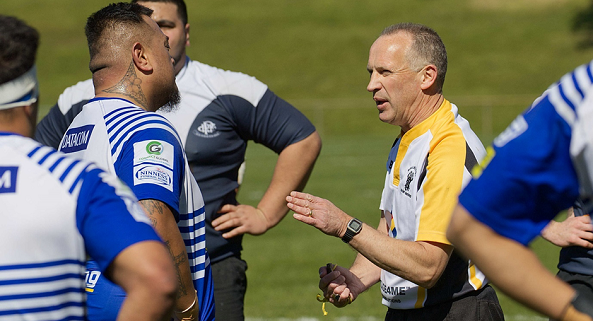
As we look ahead to 2021, it will be important for all parts of New Zealand’s passionate and diverse “sporting infrastructure” to engage in positive debate that respectfully listens to all voices and points of view. Amateur sport represents the very best of New Zealand and New Zealanders, with its future in the hands of the volunteers who every week deliver sporting experiences to young and old through the country’s national network of community-based clubs, which offer so much more than sport alone. The Association looks forward to continuing to promote “the love of the game” for all.
Tē Tōia, Tē Haumatia ...
The Association started 2020 with a clear plan in mind, based on its strategic focus on "amateur advocacy", "community engagement" and "thought leadership". In March, the Association was the first national sporting voice to call for financial relief for community sport clubs arising from the on-set of COVID-19, with Sport New Zealand subsequently releasing a package of emergency community grant-funding. In this period, the Association also effectively lobbied the Registrar of Incorporated Societies for a temporary moratorium on the regulatory requirements for incorporated sports clubs to hold Annual General Meetings and file financial statements, given the restrictions on community gatherings.

In May, the Association wrote to all of New Zealand’s City and District Councils to seek relief for community sport costs in their use of council facilities, with a number subsequently voting to extend a helping hand to amateur sport in their community. In July, the Association met with the Minister of Sport and Recreation (Grant Robertson) and his Opposition counterpart (Mark Mitchell), to discuss ways of making sport more accessible to families experiencing financial challenges, with the “Kids in Clubs” proposal presented to both political parties as an affordable option. (It was particularly interesting to note that only one political party articulated a policy for sport and recreation in the 2020 General Election).

The third annual National Sport Club Survey, following a COVID-19 prompted delay, was undertaken in August, with post-survey workshops subsequently delivered in New Plymouth and Hamilton, as well as other presentations to sport interest-groups both internationally and in Auckland. Additionally, in the second-half of the year, the Association put forward new ideas to bridge "Community Sport’s Capability Gap" in terms of administration and governance, while also corresponding with the Minister of Commerce and Consumer Affairs (David Clark) on Incorporated Societies Act reform. The Minister communicated in-principle agreement with the Association that "any changes to the Act should seek to improve, rather than impair, the governance of sporting - and indeed all - societies", a position-statement which the Association will actively monitor as the reform process continues.

The Association also supported the work of the Wellington City Mission in addressing poverty as a barrier to participation in sport. On two occasions this year (February and December), the Association was invited to meet with Sport New Zealand officials to discuss areas of mutual interest, in the process developing a cordial relationship, with the opportunity for ongoing discussion. Overall, with strong media relationships across television, radio, print and digital media, the Association has become a recognised voice for amateur sport in New Zealand. In summary, the Association has ended this challenging year strongly delivering on its promise to those involved in amateur sport throughout New Zealand to be a visible and vocal representative, “for the love of the game”.
Viewpoint : Sporting Capitalism – “I Get Entertained, You Get Paid” ...
The Guardian newspaper writes that elite sport is “a system that essentially regards the athlete as industrial plant: a part, a tool, a resource from which to extract performance value”, observing that the heightened awareness of the physical risks associated with elite contact sport (and the implied obligation of those who are being paid to play it to accept these risks), there is now “a question that cuts to the very core of what sport means, and who it serves.”

(In the era of professionalism, what does "sport" mean, and who does it serve?)
An inconclusive answer to that question will have a dangerous influence on the physical and mental well-being of teenagers in some mass-participation sports, both in New Zealand and abroad. In the United States, the Concussion Legacy Foundation (CLF) writes that “youth tackle football is a lot like smoking. The longer you do it, the greater the danger. Over time, a child’s risk of developing CTE [chronic-traumatic-encephalopathy] from tackle may add up faster than a smoker’s risk of developing lung cancer.”
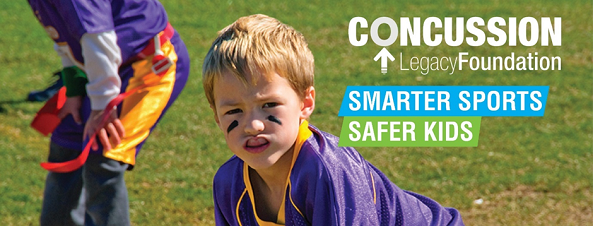
The CLF’s new public-awareness campaign “Tackle Can Wait”, recommends that parents not enrol their children in tackle-football in the United States, until the age of 14. (Should New Zealand adopt a similar age limit for all tackle sports?) In the United Kingdom, the Football Association has created “Heading Guidance” which counsels against any "heading" of the ball before the age of 12, thereafter noting that “heading drills should be reduced as far as possible”, up to the under 18 age-group level of play.
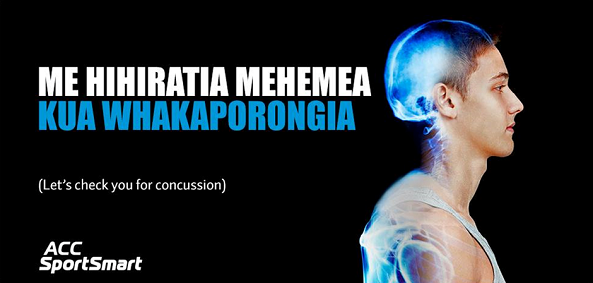
(Over the past five years, ACC has paid out almost $100 million for sports-related concussion)
As teenagers have become increasingly “identified” at younger ages as potential recruits for professional sporting franchises, some school-age competitions are now increasingly resembling the style of play seen in elite sport, with players in some contact sports (such as Rugby Union and Rugby League) focusing on their physical on-field presence at the tackle, (a key element of these sport’s televised entertainment factor). The attendant physical risks of physical collision are likely to be a growing deterrent to broader participation in these sports, particularly with the impact of concussion on physical and mental well-being becoming better understood. As the New Zealand Herald reported just before Christmas, “ACC has shelled out almost $100 million for the treatment of sports-related concussion injuries over the past five years - with rugby by far the biggest contributor to the cost."
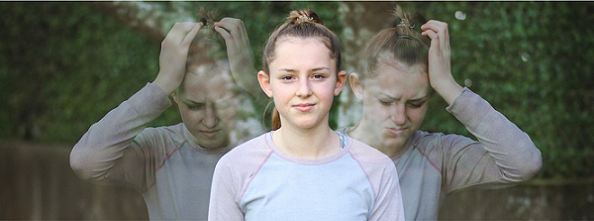
(As the impact of sports-related concussion is better understood, does sport need to change?)
In 2021, as a result, there will no doubt be further pressure on some National Sporting Organisations to ensure that their teenage participants are protected from the unintended risks of "how" their game is played. You can read more here.
Youth Participation Halves In A Decade, In Japan’s “National Sport” ...
Hampered by excessive, old-fashioned training methods, a win-at-all-costs mentality and the heavy burden placed on parents, participation rates in Japanese youth baseball have been tumbling at a rapid pace. Baseball was first introduced to Japan in 1872 and for decades has been the country's most popular participatory and spectator sport.
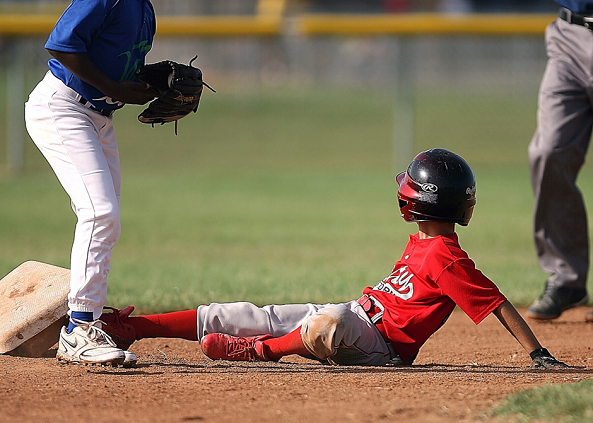
(Youth participation in Japanese "yakyu" has halved in the past ten years)
However, data provided by the Nippon Junior High School Physical Culture Association now shows that the number of junior high school students joining school baseball teams, including girls, stood at only 167,000 in 2019, down about 46 percent from 308,000 in 2009. Yoshitomo Tsutsugo of the DeNA BayStars professional baseball club in Yokohama (near Tokyo) has noted that, "baseball needs to stop being adult-oriented and become focused on the education and future of the children." You can read more here.
Is Private Equity Investment Good For Amateur Sport? ...
According to a recent (December) edition of the Economist magazine, “the three big American sports leagues, the National Basketball Association, the National Football League and Major League Baseball, are facing a fall in revenue of US$13 billion in 2020. Deloitte estimates that the English Premier League will lose £500 million. The England Cricket Board is expecting a shortfall of £180 million.” New Zealand’s National Sport Organisations operating professional sporting franchises are experiencing similar financial strains.
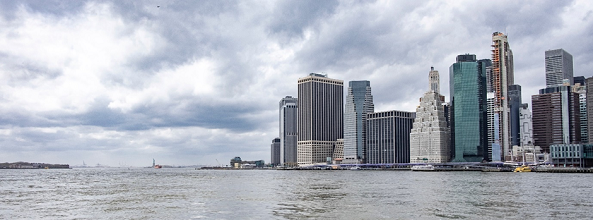
As a result, some global private equity firms are now actively considering the purchase of major sporting franchises as an investment proposition, in which such organisations are asked to primarily consider themselves as “entertainment businesses”.
What impact could this have on grassroots sports?
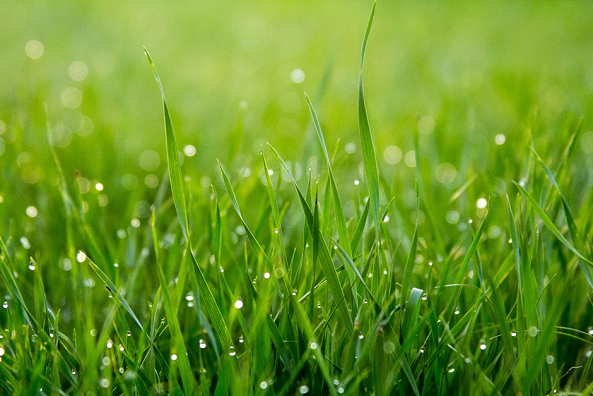
(Will grassroots sport benefit from private equity investment without sharing the risk?)
Perhaps the greatest challenge for private equity investment in New Zealand sport, is that (for many sporting codes) the community “owns” the game, from top-to-bottom. Private equity investors may well balk at the prospect of providing investment for sport where the return may be required to be measured in "social equity" terms as well as "return on capital employed", while the community may question for whose financial benefit private equity investment is being made and if (as a result) it carries any of the investment risk. You can read the Economist’s article (note, you may need to register), by clicking here.
From The Archives ...
THE CALEDONIAN GATHERING
OTAGO WITNESS, ISSUE 579, 3 JANUARY 1863
“The first Gathering of the Otago Caledonian Society has been eminently successful. On New Year's Day there were fully four thousand persons of whom about 800 were on the Grandstand. The various sports were all well-managed, and the prizes were contested with great spirit. Perhaps the thing that most pleased the generality of the spectators was the vaulting with the pole, and next to that the running and the wrestling. These were contests, the result of which were easily to be seen, and in which the skill, activity, or strength put forth were so displayed as to be understood by all. Where man is pitted against man in an actual struggle, the unskilled spectator is naturally more interested than when each competitor has to make his effort alone, as in the throwing the hammer, or the tossing the caber.”
First established in the 1860’s to celebrate “all things Scottish”, New Zealand’s Caledonian Societies increasingly played an important role in bringing communities together for sporting events, particularly at New Year. As reported above, the first of these games were organised by the Caledonian Society of Otago in 1863, held on the North Ground (now the home of the Alhambra-Union Rugby Football Club) in North Dunedin. The desire to hold Caledonian games at New Year was an important reason for the creation of early New Zealand sports grounds.
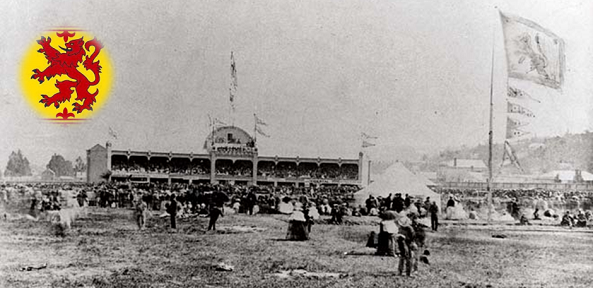
(“Then” – the first Caledonian Sports Grandstand at North Park in Dunedin in 1863)
Today, there are only 20 surviving Caledonian Societies which are registered as incorporated societies in New Zealand. The foremost of these, the Caledonian Society of Otago (first incorporated 146 years ago, in 1874), is still continuing to operate as a charity, “for the promotion of benevolence, literature, education and national customs.”
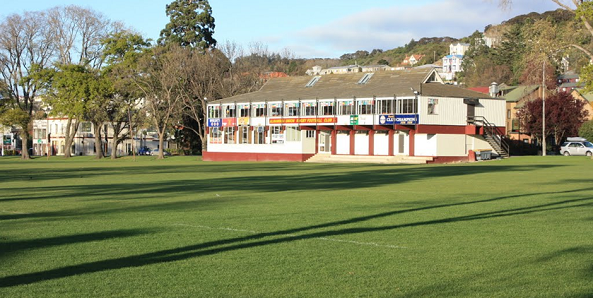
(And “Now” – the current Alhambra-Union RFC Clubrooms at North Park in 2020)
By the start of the twentieth century, the annual Caledonian games had expanded to include a regular programme of competition for female athletes (focused on both Highland dancing and traditional athletic pursuits), with the sport of competitive marching becoming a popular addition to the programme in the period between the two World Wars. Today, there are eight regional Marching Associations under the umbrella of the national body, Marching New Zealand which has the goal of contributing "to the health and well-being of all New Zealanders by providing, promoting and fostering marching as a disciplined and an organised performance sport."
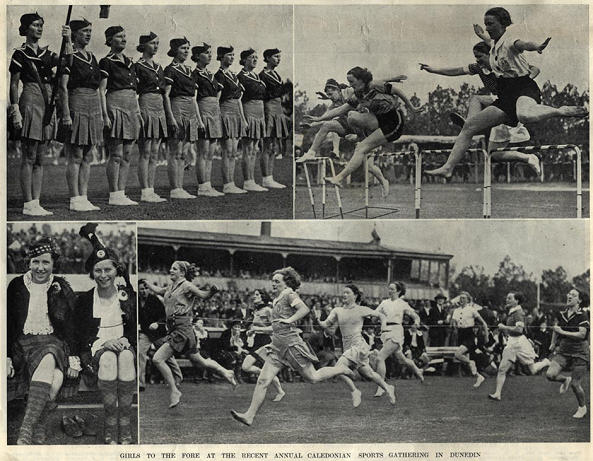
The Final Word …
"Let me win, but if I cannot win, let me be brave in the attempt."
(Eunice Kennedy Shriver : 1921-2009)